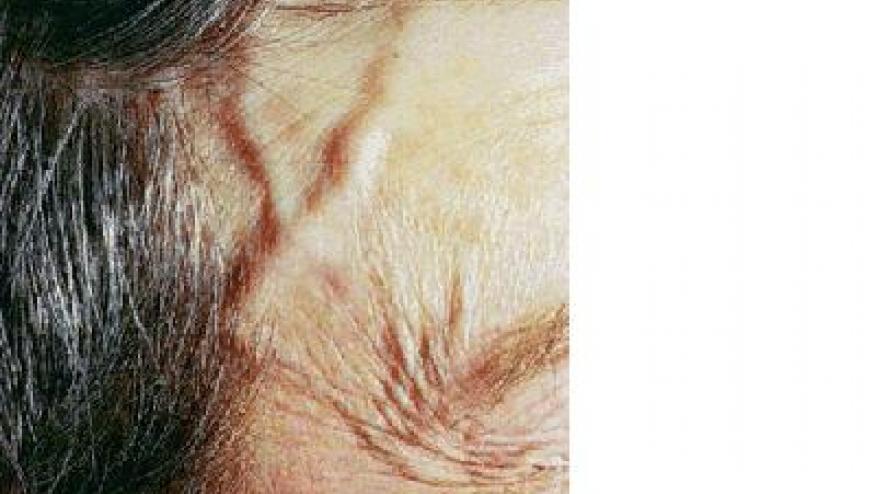Giant Cell Arteritis Growing More Lethal Save

Mortality rates among patients with giant cell arteritis (GCA) in Canada's Ontario province rose by 15% from 2000 to 2018, a new study found, even as the general population saw declines in overall mortality.
In 2000, mortality in GCA patients stood at 50.0 per 1,000 patients. By 2018, it had reached 57.6 per 1,000, according to Lillian Barra, MD, MPH, of Western University and St. Joseph's Health Care in London, Ontario, and colleagues.
Over the same period, mortality in the general Ontario population declined steadily from about 22 per 1,000 to less than 18 per 1,000, the researchers reported in Arthritis Care & Research.
Standardized mortality ratios showed a similar pattern, with a low point in 2002 (1.22, 95% CI 1.03-1.40) and the highest in 2018 (1.92, 95% CI 1.81-2.03).
Data for the study came from Ontario's universal health insurance system and a separate database with patient-level information for individuals seen in hospitals, rehab facilities, and ambulatory surgery clinics. There were 22,677 GCA patients listed in these records; mean age was 74 and about two-thirds were women.
Another concerning trend was that younger GCA patients, those ages 50-64 in the study, were most profoundly affected. Their mortality rate was nearly triple that of the general population in 2000 and the gap widened further over time, with a five-fold difference in 2018.
In contrast, mortality rates for GCA patients 85 and older were only about 30%-40% higher than in the overall population during the study period.
There were not big differences in GCA mortality between the sexes. Men were more likely to die than women, but to the same degree as in the general population.
GCA is one of the most dangerous rheumatologic conditions. It involves inflammation of medium and large arteries, particularly those serving the cranium, with increased risk of stroke and blindness. It is also associated with aortic aneurysms and dissections.
But Barra and colleagues had no explanation for the recent increases in mortality they documented.
"We did not report causes of death, and thus it is unknown if the excess mortality observed in our study was attributable to complications of GCA or treatment effects," the group wrote. They noted that chronic corticosteroid therapy is the backbone of GCA treatment, which carries a host of adverse effects that include increased risk for cardiovascular events. The databases they accessed did not include full information on individuals' relevant lifestyle factors, comorbidities, or specifics of GCA diagnoses, which limited the researchers' ability to draw conclusions or even to speculate.
Barra and colleagues said they plan a future study to "explore causes of death, predictors for mortality, and causes for the observed temporal increase in GCA mortality compared to the general population."









If you are a health practitioner, you may Login/Register to comment.
Due to the nature of these comment forums, only health practitioners are allowed to comment at this time.